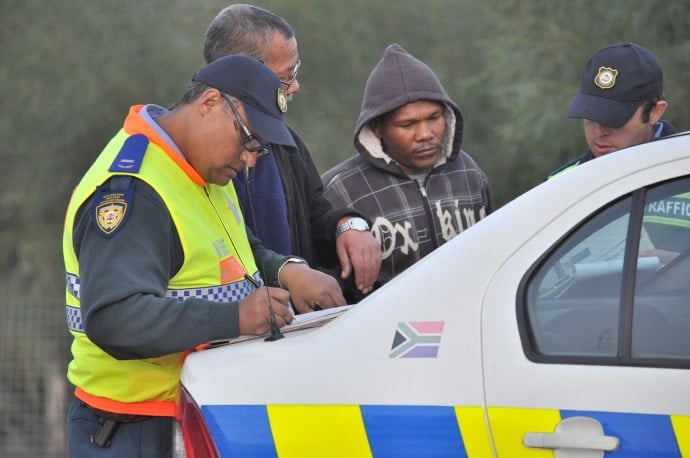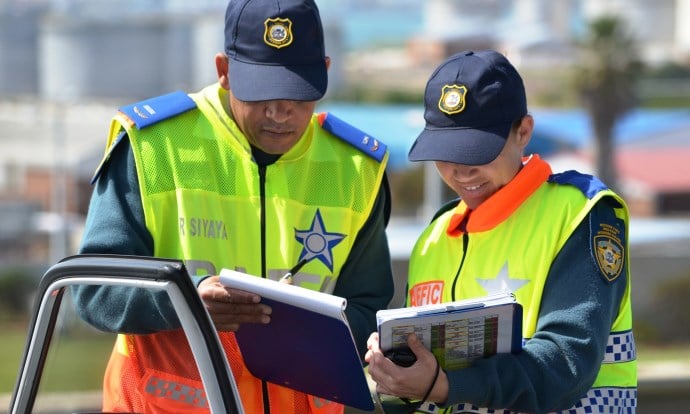The national rollout of the Administrative Adjudication of Road Traffic Offences (AARTO) Act introduces a new administrative framework for traffic fines. However, within the South African context, characterised by recognised challenges of public sector corruption and fraud, concerns are being raised about the system’s vulnerability to exploitation.
A deep dive into the structure of AARTO reveals several points where malfeasance could occur, creating new risks for motorists.
But, the onus is on you, the motorist, to OBEY the law!
The core of the concern lies in the system's heavy reliance on digital administration and a chain of intermediaries, from traffic officers to local authorities and the national Road Traffic Infringement Agency (RTIA). Each point of data entry, communication, and payment presents a potential opportunity for exploitation by corrupt actors seeking to exploit public confusion around the new process.

Looking for a safe car for a student then click here
One significant vulnerability is the issuance of infringement notices themselves. The current environment already experiences issues with fraudulent traffic officers issuing fake fines or demanding immediate cash payments, which is illegal. The complexity of AARTO, with its various notices and deadlines, could provide a new veneer of legitimacy for such scams. Motorists may be confronted with fraudulent Infringement or Courtesy Letters that appear authentic, complete with fake official logos and case numbers, pressuring them to make immediate payments into illegitimate accounts.
The demerit point system introduces a powerful new element that could be leveraged for extortion. A corrupt official could potentially threaten a motorist with the allocation of demerit points—a consequence more severe than a simple fine—to coerce a bribe on the spot. The motorist, fearful of losing their licence, might be more inclined to pay a bribe to avoid the administrative headache and long-term consequences of points accumulation.
Furthermore, the representation process, which is a motorist’s formal right to challenge a fine, is not immune to potential manipulation. There is a concern that representations could be deliberately lost or misfiled by officials within the system, leading to the automatic progression of the fine to an Enforcement Order. This would see the motorist lose their right to contest the fine and be liable for increased penalties, all without their knowledge if their contact details are incorrect.
Another area of risk involves the security of the National Traffic Information System (NaTIS). Unauthorised access to this database could allow corrupt individuals to manipulate fine records, alter demerit points for a fee, or even steal personal and vehicle information stored within the system. This data could then be used for broader identity theft or other fraudulent activities.

Great insurance is as vital as safe driving – click here to find out more
The payment ecosystem around AARTO also presents challenges. The system designates official channels for payment, but sophisticated scams involving fake websites that mimic official portals or phishing emails containing links to fraudulent payment pages are a foreseeable threat. Motorists could easily be tricked into making payments to criminals, believing they have settled their fines, only to later discover they are in default and have accrued additional fees.
So, what should motorists be aware of to protect themselves? Vigilance and verification are key. It is important to know that a legitimate traffic officer should never demand immediate cash payment. All transactions should be processed through official channels following the issuance of a formal notice.
Upon receiving any AARTO notice, it is crucial to verify its authenticity. This can be done by cross-referencing the notice details, such as the infringement number and vehicle details, on the official AARTO website or by contacting the RTIA call centre directly. Motorists must ensure their contact details are updated on the NaTIS system to ensure they receive all official correspondence and are not caught unaware by a fine they never knew about.

Starting or running a small business and in need of a bakkie – click here
When making a payment, it is advisable to use only the official methods listed on the AARTO website or the printed notice. Payments should not be made via links in unsolicited emails or to individuals claiming to be intermediaries. Keeping meticulous records of all correspondence, payments, and reference numbers is essential for disputing any incorrect or fraudulent actions later.
The success of AARTO in combating road offences is, in part, dependent on public trust in its administration. The potential for corruption and scams presents a substantial risk to that trust. For the system to function as intended, robust oversight, transparency, and severe consequences for officials engaged in malfeasance are required. Until then, the burden of caution falls heavily on the motorist to navigate this new system with a discerning eye.
Again, we emphasise, the only course of action is for you to obey the law at all times.
Colin Windell for Colin-on-Cars in association with
proudly CHANGECARS
Images: Arrive Alive












